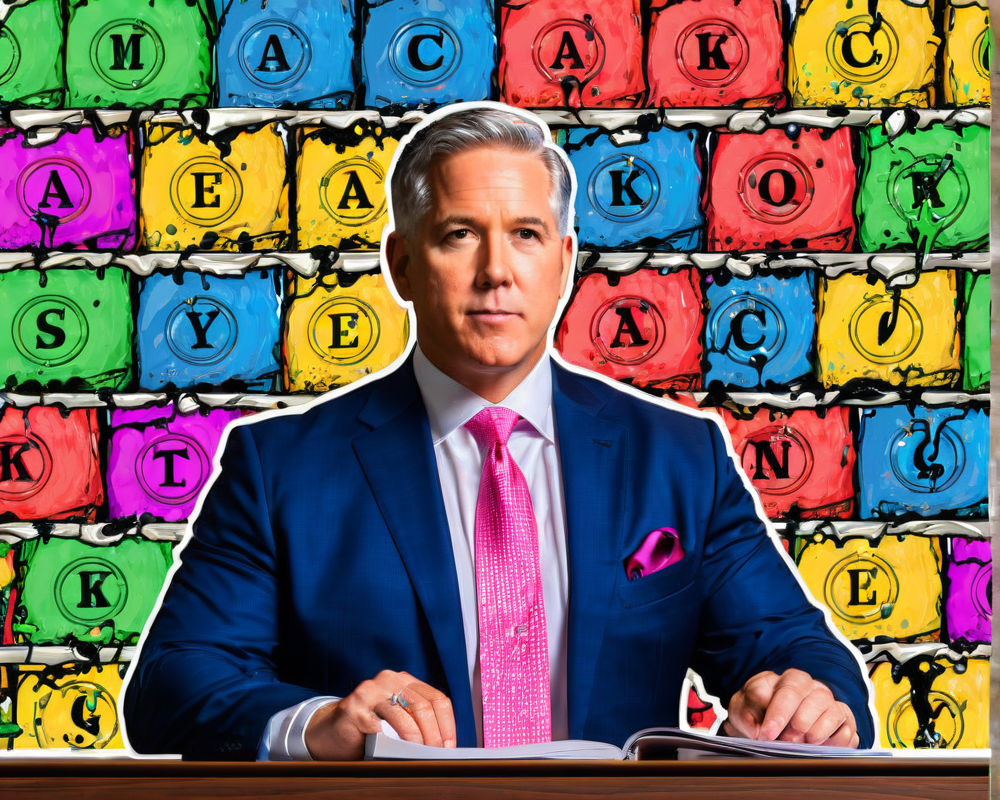Welcome to the Future of Financial Transparency
In a world where trust in financial institutions is often as shaky as a toddler on roller skates, a team of former traders from illustrious firms like Jane Street and PIMCO has launched a new initiative to address this very issue. With an impressive $15.8 million in funding, they’ve unveiled Proven, a proof-of-solvency protocol aimed at improving transparency among centralized exchanges, stablecoin issuers, and asset managers in the crypto space.
The All-Star Team Behind Proven
The team is a veritable who’s who of financial genius, featuring quantitative traders and researchers hailing from top firms like Two Sigma and Elm Partners. The initial funding round was notably led by Framework Ventures, an investment fund fixated on the idiosyncrasies of the crypto landscape.
Zero-Knowledge Proofs: The Magic Behind the Curtain
What’s the secret sauce behind Proven? Their protocol employs zero-knowledge proofs to let companies reveal their financials without sacrificing customer privacy. This technology purportedly enables organizations to demonstrate their assets and liabilities transparently while keeping the sensitive data of their clients locked away tighter than Fort Knox.
Learning from FTX: A Lesson in Trust
The shadow of FTX’s collapse looms large over this initiative. Richard Dewey, co-founder of Proven, emphasized the urgency of building public trust while maintaining necessary confidentiality. Dewey stated,
“The last few months have highlighted an issue that has long plagued both traditional financial and digital asset firms – efficiently fostering trust with customers while maintaining a necessary level of privacy.”
In other words, they’re aiming to mend the public’s faith in crypto, one proof at a time.
Challenges on the Path to Transparency
Despite Proven’s innovative approach, challenges remain in the crypto auditing landscape. Many firms have tried to showcase their on-chain assets; however, their off-chain liabilities present a difficult puzzle to solve. Various exchanges have experimented with cryptographic Merkle trees to disclose these liabilities, which, while innovative, can lead to accusations of misrepresentation.
The Experts Weigh In
There’s no shortage of opinions on the viability of these solutions. As Matthew Niemerg, founder of Aleph Zero, puts it,
“While zero-knowledge proofs can be used to provide guarantees, they become rather limited unless all liabilities are published on-chain.”
So, while zero-knowledge proofs offer a glimmer of hope, the skepticism surrounding the industry’s transparency remains a significant hurdle.




